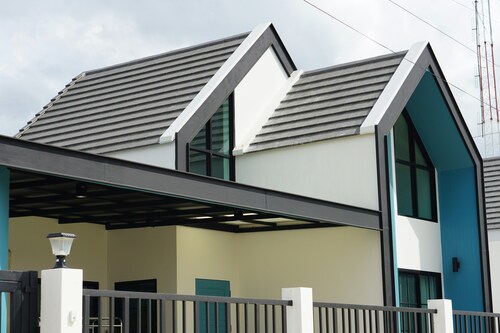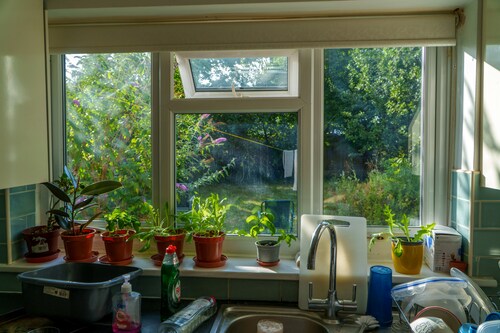Roof structures are often the first point of contact during storms, facing wind, rain, and falling debris. As the storm season approaches in Greenville, it becomes important to ensure that every part of the roof can handle the pressure. Regular inspections offer an opportunity to identify concerns before they worsen.
A detailed review from a top-rated storm damage roofer in Greenville may highlight small changes that affect roof performance. Preparing early can reduce the risk of structural issues during sudden weather events. Here are the key areas to examine when checking if a roof is ready for the next round of seasonal storms.
Shingle Condition Can Signal Larger Problems
Shingles form the outermost layer of most roofs and act as a barrier against changing weather. With time, they may show signs of wear, such as curling, cracking, or lifting along the edges. Missing or partially detached shingles often point to spots where water may enter during storms.
Observing the condition of shingles near corners, valleys, and roof edges can reveal early damage. Even a few compromised sections may reduce the roof’s ability to deflect moisture. Inspecting these areas closely can provide insight into how prepared the roof is for the next storm season.
Flashing and Seal Joints Often Go Unnoticed
Flashing is installed around features like vents, chimneys, and skylights to direct water away from vulnerable roof intersections. For it to work effectively, it must remain tightly secured and free from rust or bending. If it lifts or separates, even slightly, water can find its way beneath the surface.
Sealants used around joints can lose adhesion due to sun exposure or age. Cracks or peeling edges often develop gradually, creating small entry points for moisture. A professional Greenville roofer will help identify minor issues before they develop into more serious concerns during the storm season.
Interior Cues May Reflect Exterior Trouble
Water stains on ceilings or peeling paint near upper walls can indicate moisture entering from above. These changes often appear gradually and may not be noticed until the damage becomes more pronounced. Insulation that feels damp or visible discoloration on attic wood also indicates that water may be entering the structure.
If daylight is visible through roof boards inside the attic, it can suggest openings that compromise the barrier against the elements. Even small gaps may expand when exposed to shifting weather. Noticing these subtle cues early supports timely evaluation and necessary adjustments.
Gutter and Drainage Check Prevents Overflow
Gutters serve a vital function in directing rainwater safely away from the roof and foundation. When leaves, twigs, or roof debris collect inside, water flow becomes restricted and may overflow during heavy rain. This can lead to moisture seeping into the roofing edges or behind siding panels.
Downspouts should carry water several feet away from the base of the structure without obstruction. Signs of rust, cracks, or loose connections may limit their ability to channel runoff effectively. Inspecting and clearing the full drainage system before storm season in Greenville reduces the risk of water buildup in vulnerable areas.
Professional Evaluation Offers Broader Insight
While surface-level checks may detect visible wear, experienced inspection provides additional clarity. Licensed roofers in Greenville examine less visible areas, review slope alignment, and inspect materials under the surface. Inspectors often check:
- Moisture levels beneath the surface material
- Stability of flashing and vent covers
- Shingle granule loss in gutters
- Soft spots along the walking surface
A top-rated storm damage roofer in Greenville can help identify areas of concern that may not be visible during a basic inspection. Preparing for storm season involves more than checking surface materials—it includes examining drainage systems, seals, and interior signs of wear. Addressing these areas early creates a more stable foundation for the months ahead and supports the long-term condition of the structure.




